If you are starting a new plot from scratch, or expanding an existing plot, then read on as we look at some options for setting up beds and pathways.
Beds
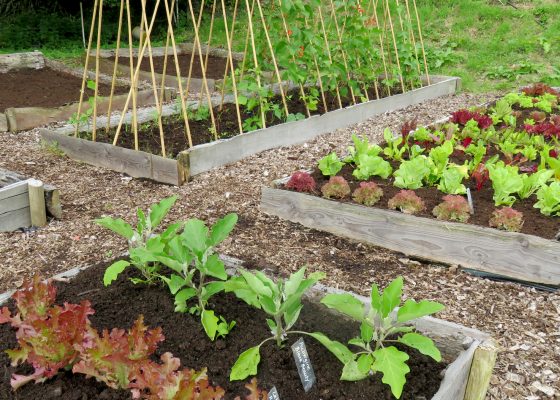
Raised Beds
Pros
- Easy to set up without needing to break your back digging over the soil – you can just lay cardboard at the base and then fill with compost
- Easy to maintain and keep weeds down
- Good drainage
- No need to worry much about the soil quality underneath as you will most likely be growing in compost or top soil
- Plants can put their roots down into the soil below and will have good access to nutrients
Cons
- Slugs & snails hide between soil and wood, and can become more problematic
- Potential cost of wooden sides and other equipment you may need
- Eventually wood will rot away and need replacing
- You may need a lot of compost to fill them initially, which can cost money
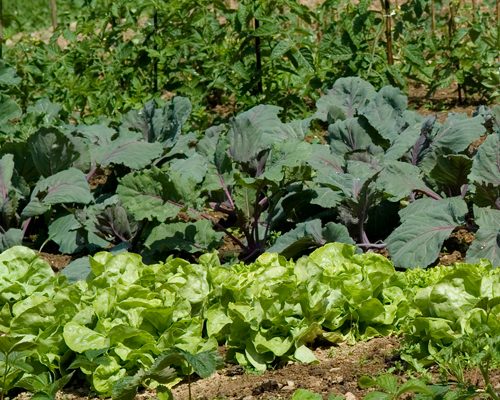
Traditional Beds
Pros
- Easy to keep costs down – all you need is basic gardening equipment to dig over the soil.
- Once established and weed-free, there should be fewer hiding places for slugs, snails and other pests.
- You can grow a lot in a fairly small area
- Plants have good access to nutrients in the soil
Cons
- Depending on weeds in your area, you may have quite a job on your hands to get it set up and maintained in the first season or two.
- Poor soil quality can be an issue, and may need a lot of additional compost added to improve it.
- Drainage can be an issue depending on soil type
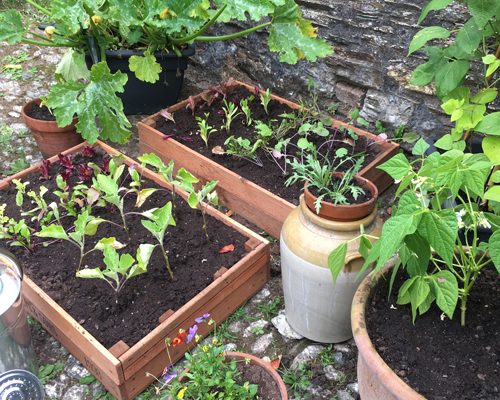
Pots & Containers
Pros
- Fewer weeds to contend with
- Easier to keep slugs at bay (by removing any that are hiding underneath the pots on a regular basis)
- Ability to grow veg in a patio garden/decking/balcony
- Easy to move around to optimise growing in different weather conditions where necessary
- Very decorative & you can pack them in close together to use minimal space
Cons
- Compost used in pots will quickly run out of nutrients, so you will need to feed plants more frequently
- Need regular watering during dry spells as they’ll dry out quickly
- You are generally limited to 1-3 plants per pot (but you can use a small rectangular planter to increase your space)
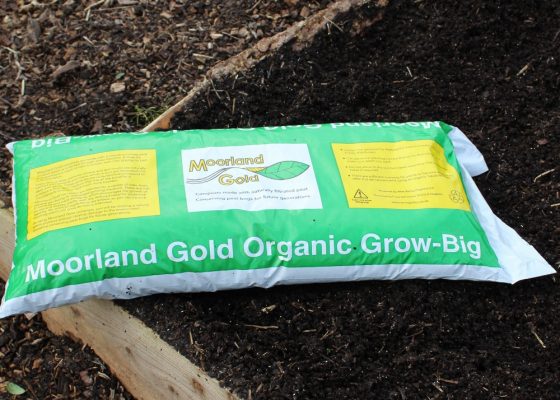
Grow Bags
Pros
- Good for very small gardens – you can easily use them at the base of a trellis to grow vertically
- By planting through holes you can keep them weed free
- The plastic keeps the compost warm which aids growth
- Good for plants that can be planted close together, like lettuces, rocket, dwarf beans etc
Cons
- The plastic element
- They can dry out quite quickly if you cut the top of the plastic off, and can be tricky to water through relatively small holes in the plastic
- They will run out of nutrients quite quickly so will need a liquid feed regularly
- Don’t provide much depth for roots
Paths
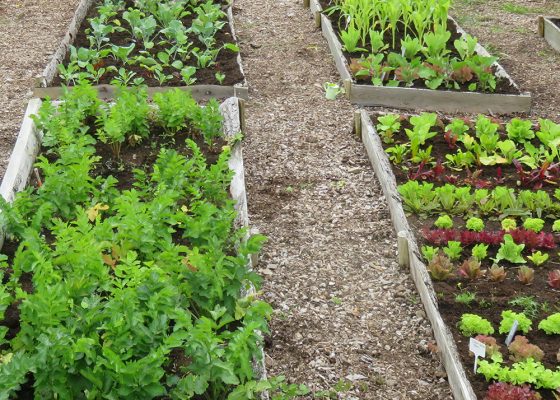
Wood Chip
Pros
- Can be quite low-cost if you source wood chip from a tree surgeon
- Easy to lay the paths
- Looks good & is very natural – the wood chip will break down into the soil after a year or two
- Has good drainage so your path won’t get boggy in the winter
Cons
- Weeds will come through fairly easily so you’ll need to keep on top of them
- You’ll have to top it up with new wood chip every year or so
- If your beds aren’t raised, the wood chip can get kicked into the veg beds
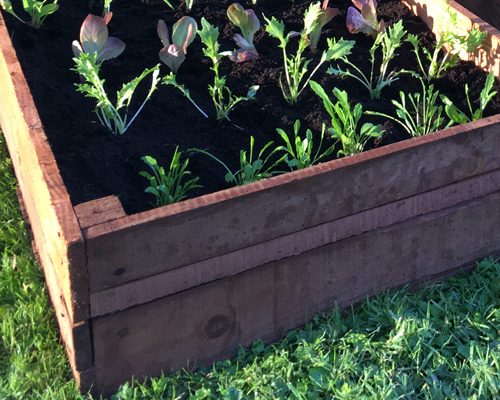
Grass
Pros
- Looks lovely & natural
- Fairly easy to maintain as long as you have a mower/strimmer
- It is long lasting – once it’s growing, it’s growing
Cons
- It’ll get soggy in the wet winters, and can become a bit of a muddy bog if you are walking on it often
- Not easy to cut if paths are very narrow
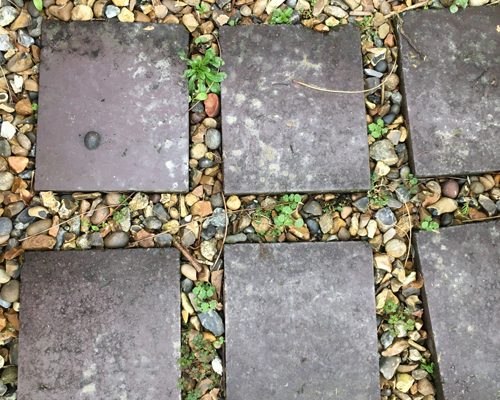
Paving/Stone/Brick
Pros
- Looks charming
- Keeps paths nice and dry when the weather is wet
- Long lasting
Cons
- Weeds will quickly grow in the gaps and can be difficult to pull out
- Slugs & snails hide between cracks
- Can get a bit slippery sometimes
- It can be hard work to lay the paths if you have a bigger plot
- Can be expensive, depending on where you source the stone/bricks
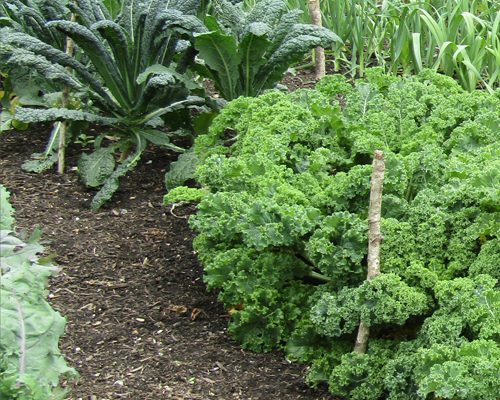
Compost Mulch
Pros
- Feeds the surrounding soil and can help improve soil quality
- Doesn’t get too soggy and claggy in wet weather
- You can hoe it easily to keep weeds down
- It keeps things very natural
- Few places for pests to hide
Cons
- You’ll need to top it up every year or so
- It requires extra compost that you could be using in active growing space
- It is not 100% weed proof
(ps. you could use sawdust mulch instead)
